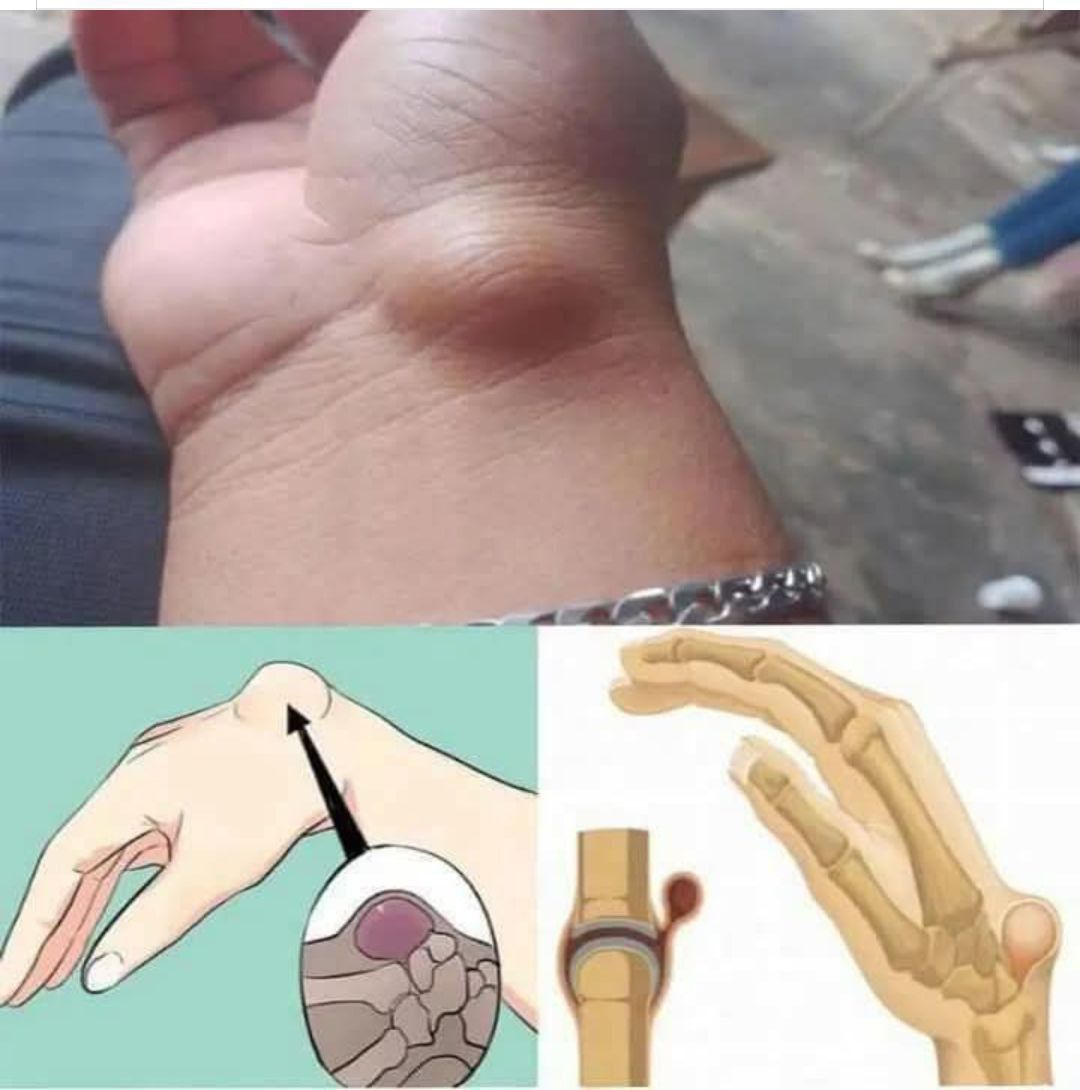BE CAREFUL, if you get these bruises on your body, it means you have Ca…see more
represent pain in the legs, joints, or varicose veins.
Cabbage selection: A fresh green cabbage is shown, indicating that it is the key ingredient for the remedy.
Application of cabbage leaves: The final image shows a foot wrapped in cabbage leaves, reinforcing the idea that this is a treatment method.
Does Cabbage Leaf Therapy Work?
While cabbage leaves are commonly used as a natural remedy, there is limited scientific evidence to support their effectiveness in treating varicose veins. However, some people report relief from inflammation, swelling, and joint pain after applying cabbage leaves to affected areas. The cooling effect and potential anti-inflammatory properties may offer temporary comfort.
Conclusion
This image visually represents varicose veins and the suggested use of cabbage leaves as a natural remedy. While varicose veins often require medical treatment or lifestyle changes, natural remedies like cabbage leaf compresses might provide mild, temporary relief from swelling and discomfort. However, those experiencing severe varicose veins should consult a healthcare professional for proper
Cabbage Leaf Therapy is a traditional home remedy that involves applying cabbage leaves (often chilled or slightly warmed) to the body, commonly to reduce pain, inflammation, or swelling. While it’s not a substitute for medical treatment, there is some anecdotal and limited scientific support for its benefits, especially in the context of:
💡 How It May Help
-
Anti-inflammatory properties: Cabbage contains compounds like anthocyanins, glutamine, and indole-3-carbinol that may have anti-inflammatory effects.
-
Cold therapy: Chilled leaves act like a cold compress, which can temporarily reduce swelling and pain.
-
Moisture & comfort: The leaves conform well to joints and body parts, making them more comfortable than some rigid cold packs.
✅ Common Uses
-
Joint pain (e.g. arthritis or overuse injuries)
-
Swelling or bruises
-
Breast engorgement in breastfeeding women (well-documented use)
-
Varicose veins (anecdotally)
📝 How to Use Cabbage Leaves for Pain Relief
-
Choose: Use green or red cabbage; red has more anthocyanins (anti-inflammatory compounds).
-
Prepare: Remove outer leaves, wash thoroughly.
-
Soften (optional): Crush with a rolling pin or slightly warm in hot water (not too hot).
-
Apply: Place leaves on the affected area.
-
Secure: Use a bandage or wrap to keep in place.
-
Leave on: 20–30 minutes, 1–3 times a day.
⚠️ Things to Keep in Mind
-
Not a cure: It can help with symptoms but won’t treat the underlying cause of chronic pain.
-
Watch for skin reactions: Rarely, cabbage can irritate sensitive skin.
-
Don’t overheat: Warm cabbage can be used, but never hot enough to burn.
🧪 Scientific Evidence
There is limited formal research, but small studies support:
-
Breast engorgement relief: Cabbage leaves are about as effective as cold compresses.
-
Arthritis: One study in 2016 found cabbage leaf wraps helped reduce knee osteoarthritis pain comparably to topical NSAIDs.


